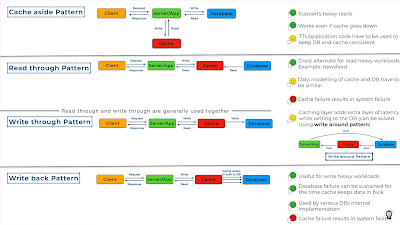What Is Monolithic Architecture? A monolithic application is built on a single code base with a variable number of modules. The number of modules depends on the complexity of the business and its technical features. The whole application—and dependencies, when applicable—are built on a single system with a single executable binary for deployment. A monolithic architecture has distinct advantages and disadvantages that should be evaluated when deciding when selecting the optimal type of architecture for the application. Monolithic architecture pros: Fewer cross-cutting concerns: The majority of applications typically have a large number of cross-cutting concerns. Running them all on a monolithic architecture facilitates hooking up components. Less operational overheads: Avoids the additional costs stemming from microservices such as interservice communication, service discovery and registration, load balancing, decentralized data management or distributed logging, for...



